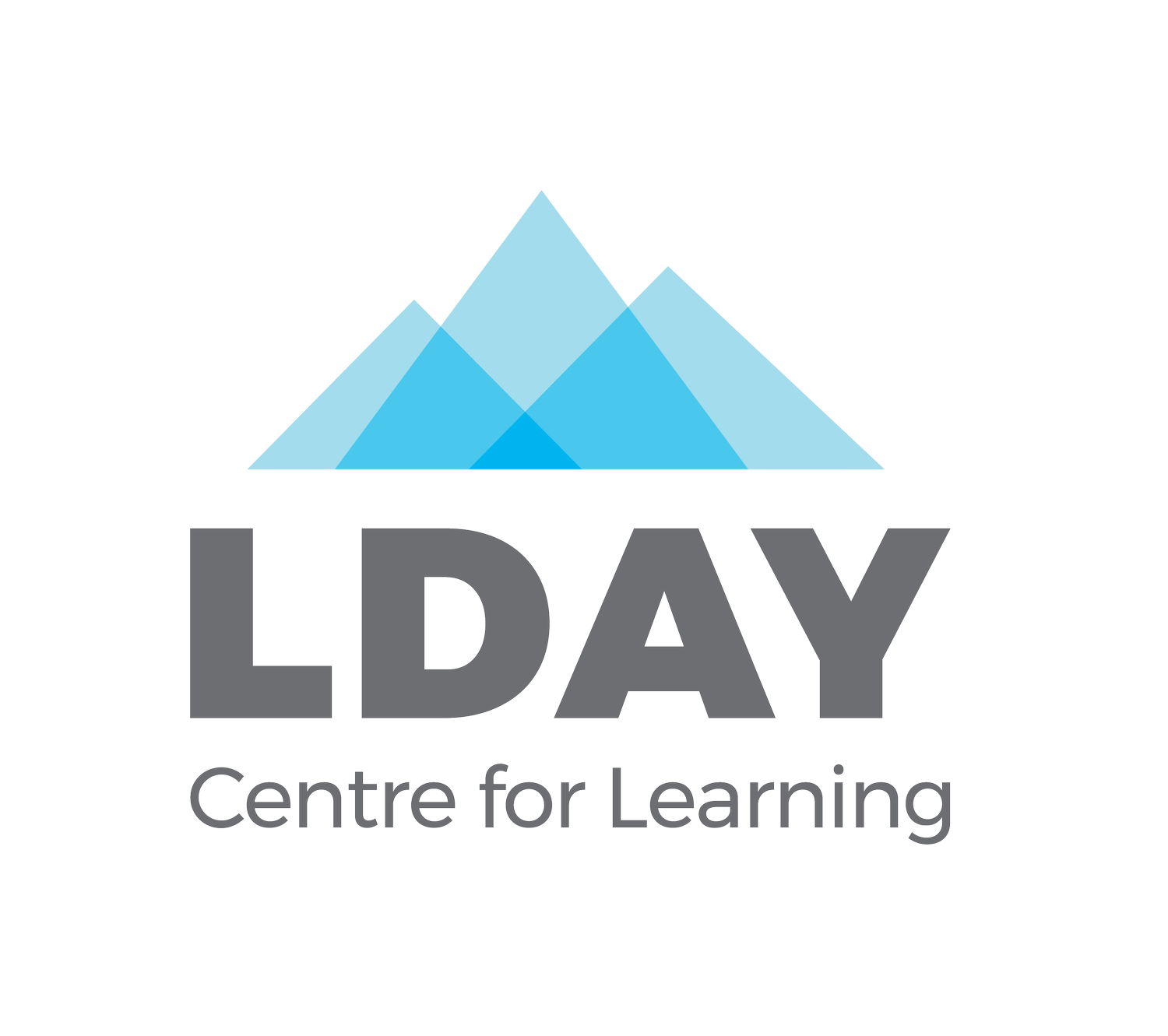what are learning disabilities?
Learning disabilities (LDs) are areas of inefficiency in brain function that weaken a person’s ability to process verbal or non-verbal information. This makes it more difficult for a person to learn as quickly or easily as others.
People with LDs have normal to high intelligence. Learning disabilities are not the same as intellectual disability.
The brain processes that may be affected by an LD include:
how we gather information (acquisition),
how or whether we remember it (retention),
how we understand information and organize it in our minds,
how we retrieve information from memory,
how we use or express information.
A learning disability can be mild or severe and can impact a person’s ability to read, write, or do math. A learning disability may also involve difficulties with organizational skills, social perception, social interaction and perspective taking.
further resources
-
Adopted by the Learning Disabilities Association of Canada January 30, 2002. Re-endorsed on March 2, 2015.
Learning Disabilities refer to a number of disorders which may affect the acquisition, organization, retention, understanding or use of verbal or nonverbal information. These disorders affect learning in individuals who otherwise demonstrate at least average abilities essential for thinking and/or reasoning. As such, learning disabilities are distinct from global intellectual deficiency.
Learning disabilities result from impairments in one or more processes related to perceiving, thinking, remembering or learning. These include, but are not limited to: language processing; phonological processing; visual spatial processing; processing speed; memory and attention; and executive functions (e.g. planning and decision-making).
Learning disabilities range in severity and may interfere with the acquisition and use of one or more of the following:
oral language (e.g. listening, speaking, understanding);
reading (e.g. decoding, phonetic knowledge, word recognition, comprehension);
written language (e.g. spelling and written expression); and
mathematics (e.g. computation, problem solving).
Learning disabilities may also involve difficulties with organizational skills, social perception, social interaction and perspective taking.
Learning disabilities are lifelong. The way in which they are expressed may vary over an individual’s lifetime, depending on the interaction between the demands of the environment and the individual’s strengths and needs. Learning disabilities are suggested by unexpected academic under-achievement or achievement which is maintained only by unusually high levels of effort and support.
Learning disabilities are due to genetic and/or neurobiological factors or injury that alters brain functioning in a manner which affects one or more processes related to learning. These disorders are not due primarily to hearing and/or vision problems, socio-economic factors, cultural or linguistic differences, lack of motivation or ineffective teaching, although these factors may further complicate the challenges faced by individuals with learning disabilities.
Learning disabilities may co-exist with various conditions including attentional, behavioural and emotional disorders, sensory impairments or other medical conditions.
For success, individuals with learning disabilities require early identification and timely specialized assessments and interventions involving home, school, community and workplace settings. The interventions need to be appropriate for each individual's learning disability subtype and, at a minimum, include the provision of:
specific skill instruction;
accommodations;
compensatory strategies; and
self-advocacy skills.
For a deeper dive into learning disabilities, executive function challenges, and helpful strategies, we recommend visiting Understood. org.
